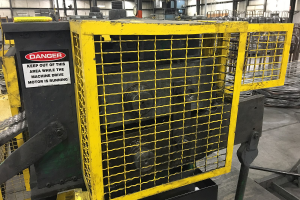Safety incentive programs ineffective, but OSHA rule is off-base
Safety incentive programs generally don’t work very well, but that doesn’t mean OSHA is on the right track with a memo the agency issued to restrict them.
In an article in the current edition of EHS Today magazine , I delve into the problems with incentive programs.
Take Joe, for example. He’s finishing up his workday, hurrying to get done so he can get to his son’s Little League championship game. Is the promise of a pizza party to celebrate a safety milestone or a chance in a drawing going to cause him to stop to take proper safety precautions? Or is his desire to make it to the first pitch going to override any safety incentive? I think most of us know the answer.
A better, more fundamental approach focuses on management responsibility, compliance and creating a culture of employees who want to be safe.
But for the companies that choose to use safety incentive programs, OSHA’s new approach creates problems of fairness.
OSHA’s latest memo warned employers that rewards programs unintentionally – or perhaps even intentionally – could encourage employees not to report injuries.
But the memo leaves open to interpretation the “how” and “why” of a safety incentive program. Is a party to mark a safety milestone an opportunity to reward and thank employees, something that most human resources experts tell us workers crave? Or is it a form of pressure to prevent employees from reporting injuries? In many cases, the answer is subjective — and that subjectivity conceivably could lead to fines.
OSHA’s aggressive stance may be well founded in some cases, but it is so broad and confusing that many companies acting in good faith could be found at fault.
Subscribe to Jim Stanley’s OSHA blog and have delivered directly to you inbox or e-reader.


